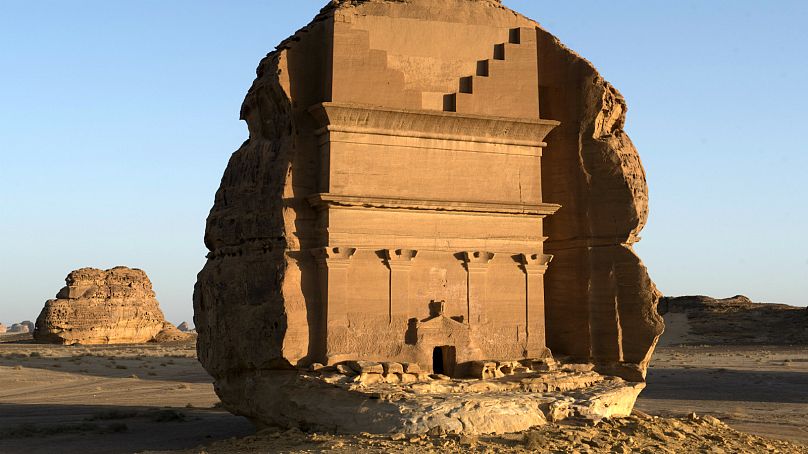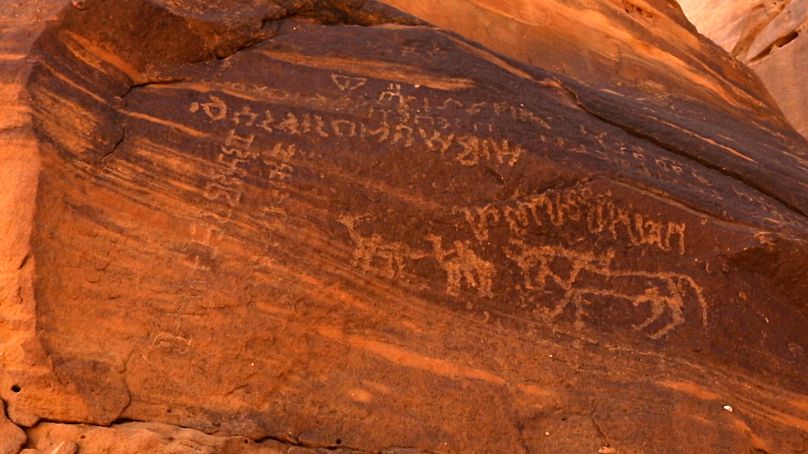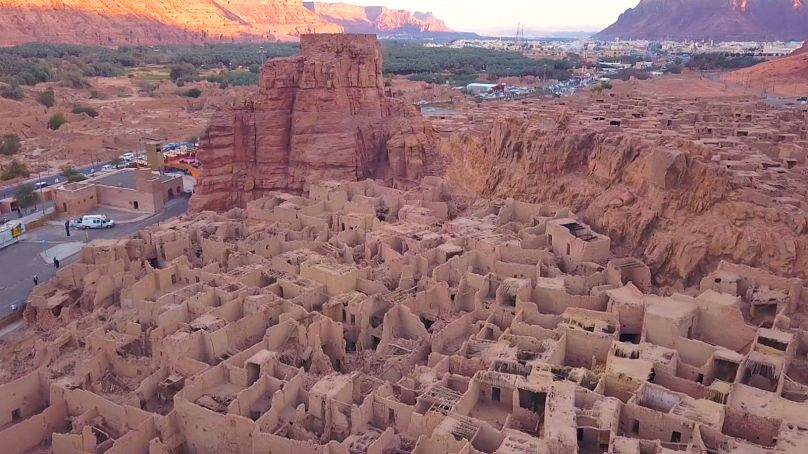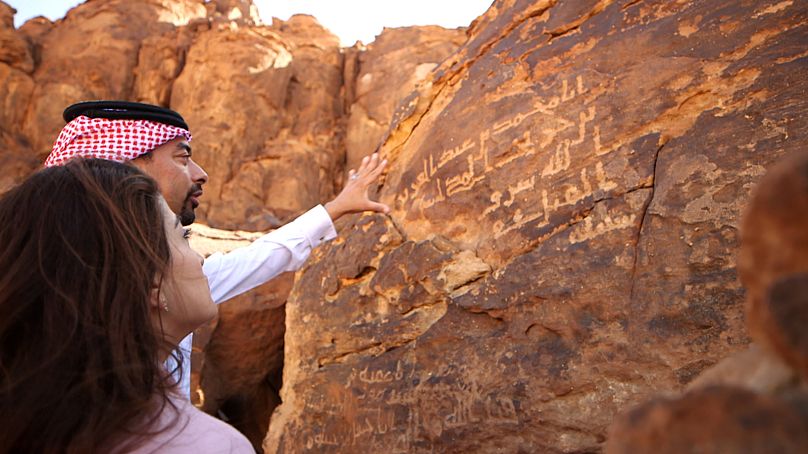The Al-Ula governorate in Saudi Arabia is an area packed with prehistoric sites and landmarks.
The Al-Ula governorate in Saudi Arabia is an area packed with prehistoric sites and landmarks.
Located in the northwestern part of the kingdom, around 325km northeast of the city of Medina, traces found in Al-Ula date back to the Bronze Age.
Amongst the many relics stands Mada'in Saleh, a UNESCO World Heritage site which is known to be the second largest Nabatean capital (second only to Petra).
A set of well-preserved 1st century BC tombs and structures was once a thriving metropolis, setting the scene for the Silk Road and a vast trading empire.
The area also contains evidence of even earlier civilizations such as the Manaen’s of Yemen and Lihyanite of Arabia.
A 20-minute drive away from Mada'in Saleh, the Ikmah mountain is another of Al Ula’s cultural treasures. Rock inscriptions dating as far back as 2,000 years ago reveal the names of tribes and the laws of the Liyanite inhabitants.
AL-ULA PLAYS ITS PART IN SAUDI ARABIA’S 2030 VISION
Being a hidden treasure from Saudi Arabia’s past, efforts are being placed in Al-Ula to make it a key part of its economic future.
The kingdom’s 2030 vision aims to lessen dependence on oil and transform its economy by developing public services and increasing tourism.
Al-Ula’s Old Town was established around 800 years ago, hosting travelers for centuries. The aim today is to build the next generation of hospitality specialists and venues from the ground up.
CEO of the Al-Ula Royal Commission Amer Madani is in charge of working to revive the governorate’s long concealed history.
Amer explained the plan to preserve Al-Ula and open it up to the world:
“By 2023 we will be introducing significant tourism and hospitality and culture infrastructure in Al Ula,” he tells Euronews. “This includes creating living museums from Galleries and outdoor art illustrations to a view point.”
According to Madani, the inscriptions found on Al-Ula’s rocks are a priceless element of the Kingdom’s heritage.
“It’s the ancient Saudi twitter,” he jokes, adding that “for this destination to succeed we have to protect its heritage and nature because they are ultimately the reason why this place is special.”
Abdella Elessa, a local guide who started working in tourism 2 years ago, shares the view that the transition towards becoming a popular tourist destination should be gradual.
“We strive to create a balance between heritage preservation of these beautiful treasures inside Al-Ula along with hosting thousands of tourists”.
A key part of the plan is also hosting major events around national sites like Al-Ula.
In the next 14 years, the government plans to increase the revenue earned from tourism to 18 percent of its GDP, turning a new page in the history of the conservative kingdom.















